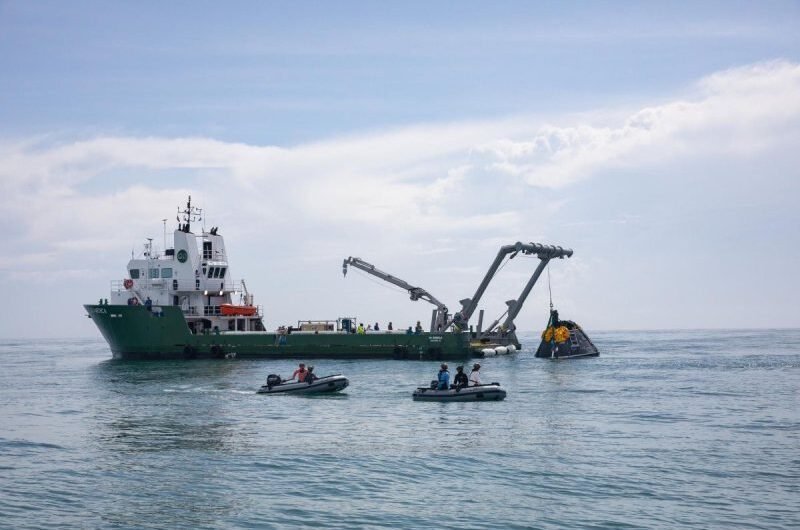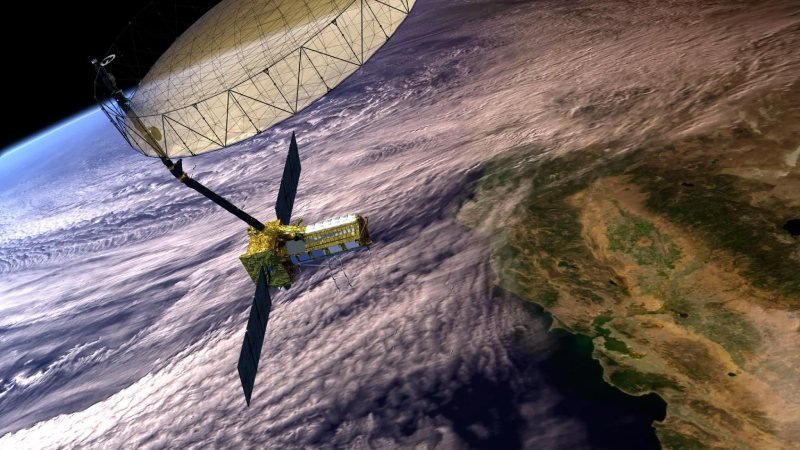NASA’s Europa Clipper mission represents a groundbreaking advancement in the quest to discover life beyond Earth, with scientists eagerly focusing on Europa, Jupiter’s icy moon, for over two decades. After years of planning, their vision is finally coming to life as the Europa Clipper prepares for launch on October 10. The spacecraft will embark on a five-and-a-half-year journey from Kennedy Space Center aboard a SpaceX rocket, aiming to unlock Europa’s secrets with nearly 50 planned flybys.
The mission’s central objective is to investigate whether Europa could harbor conditions suitable for life. Europa, roughly the same size as Earth’s moon, conceals an enormous ocean beneath its thick ice shell. This hidden body of water is believed to hold twice the volume of all Earth’s oceans combined, making Europa an exciting target for astrobiologists searching for extraterrestrial life.
Once it arrives, the Europa Clipper will orbit Jupiter for three years, closely examining Europa’s surface and ice crust. Its mission includes studying the ice’s behavior and investigating potential water plumes, similar to those observed on Saturn’s moon, Enceladus. These findings could provide essential insights into the nature of icy ocean worlds, which scientists now suspect are common throughout the cosmos.
Europa was first discovered by the Italian astronomer Galileo Galilei in 1610, but it wasn’t until NASA’s Voyager mission in 1979 that we got a close-up look at its surface. The Voyager probes revealed a surface marked by numerous fractures but few impact craters, indicating that Europa’s icy shell may be relatively young and geologically active.
The Europa Clipper is the largest planetary spacecraft ever built by NASA and is equipped with nine advanced instruments designed to investigate Europa during its flybys, at times coming within just 25 kilometers of the moon’s surface. One of its key goals is to produce a detailed map of Europa and determine whether any channels might connect the surface to the subsurface ocean below.
Europa’s surface is also home to reddish-orange organic substances that Clipper will analyze using a spectrometer. These materials could either originate from the moon’s ocean or be remnants from neighboring moons. In addition, the spacecraft will search for signs of geysers erupting from beneath the ice, which could offer a rare opportunity to sample material from the ocean without having to drill through the icy crust.
This mission is expected to offer an unprecedented glimpse into Europa’s potential as a host for life, advancing our understanding of icy worlds and their possibilities within the broader universe.
Topics #Europa #galaxy #icy world #Jupiter #Moon #NASA #news #space #Spcaex #Universe #USA #Voyager











